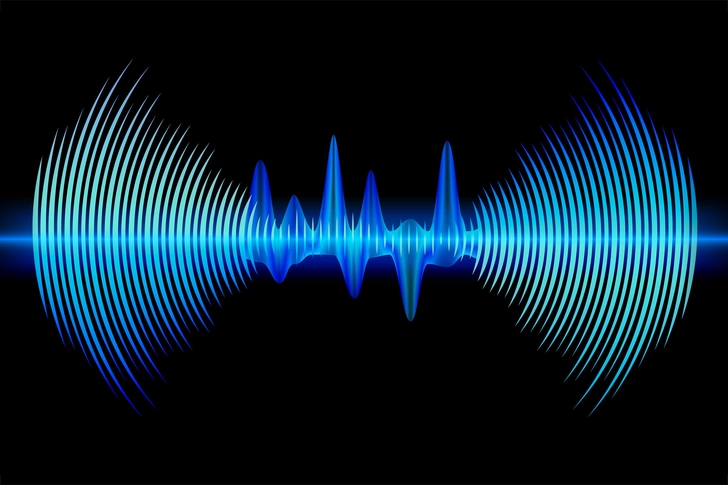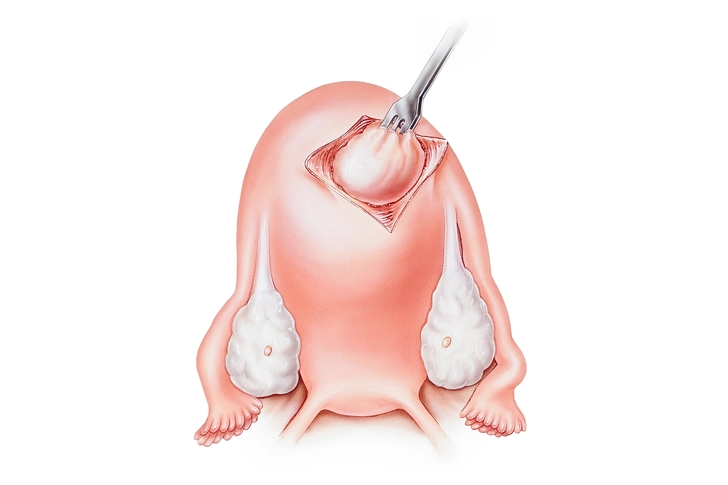Treatments for Uterine Fibroids


What Are Uterine Fibroids?
Uterine fibroids are noncancerous tumors that grow in the uterus. They can vary in size and number and can cause symptoms such as heavy menstrual bleeding and pelvic pain.

Medications for Fibroids
Several medications can help manage fibroid symptoms. Hormonal treatments, such as birth control pills, can shrink fibroids and control bleeding, while non-hormonal options focus on pain relief.

Nonsurgical Procedures
Nonsurgical treatments include uterine artery embolization, which shrinks fibroids by blocking blood flow to them, and ultrasound surgery, which uses sound waves to destroy fibroids.

Surgical Option: Myomectomy
Myomectomy is surgery that removes fibroids but keeps the uterus intact. This can be a good option if you want to become pregnant.

Surgical Option: Hysterectomy
In severe cases, a hysterectomy may be necessary. This surgery removes the uterus, eliminating fibroids but also ending the possibility of pregnancy.

Lifestyle Changes
Eating a diet rich in fresh fruits and vegetables, getting regular exercise, and reducing stress can help manage symptoms of uterine fibroids. Limit alcohol, red meat, and sugar, all of which have been shown to raise your chances of getting fibroids.

Personalized Treatment Plans
Everyone is different, so what works for one person may not work for another. Your doctor can create a personalized plan that fits your situation.
Photo Credits:
1) iStock/Getty Images
2) Kmpzzz/Shutterstock
3) iStock/Getty Images
4) Medical Art Inc/Shutterstock
5) iStock/Getty Images
6) Images Products/Shutterstock
7) iStock/Getty Images
SOURCES:
American Cancer Society.
Lebovic, D. Reproductive Endocrinology and Infertility, Scrubb Hill Press, 2005.
National Library of Medicine: "Uterine Fibroids."
FDA.gov.
UptoDate: "Patient education: Uterine fibroids (Beyond the Basics)."